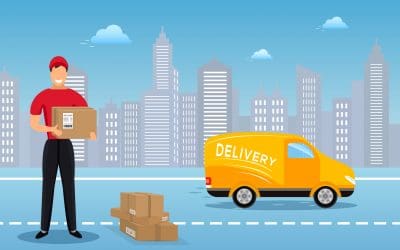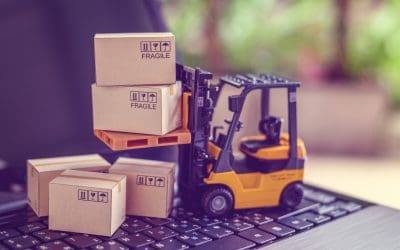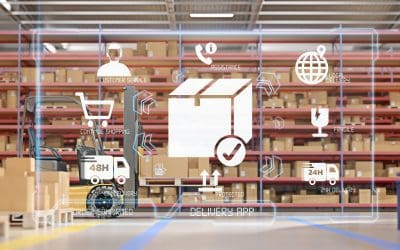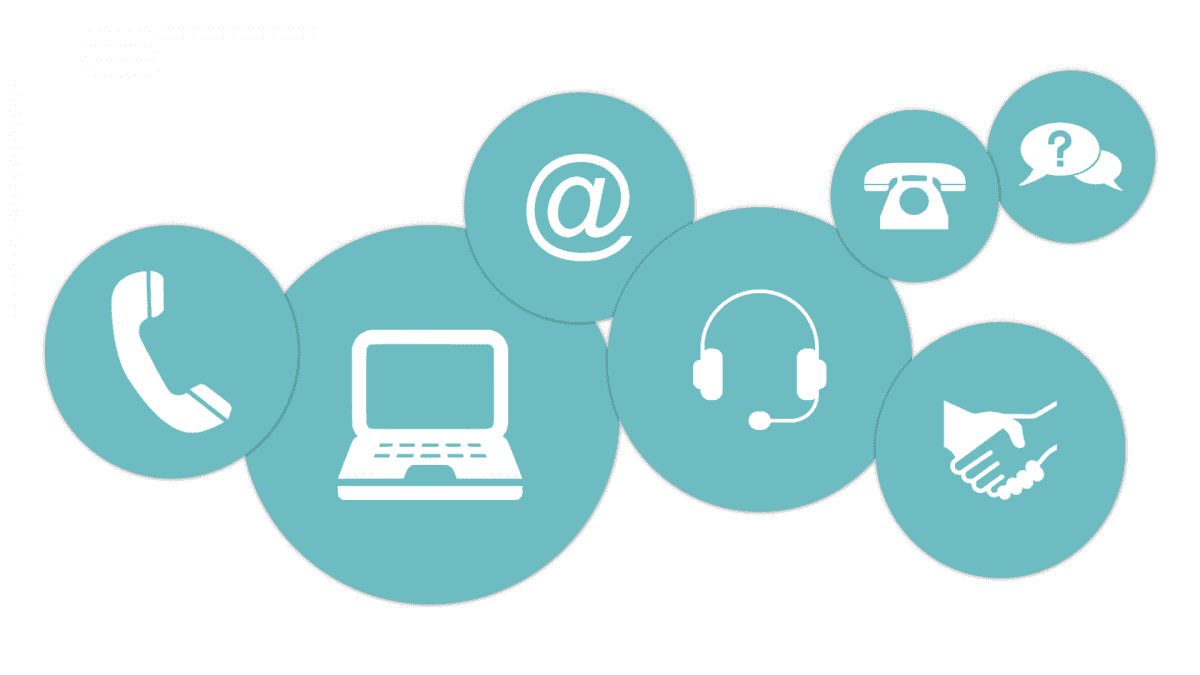The logistics landscape is transforming at a breakneck pace, with the last mile proving to be critical for competitive advantages in route optimization. For last mile optimization in 2026, businesses face increasing pressure to deliver faster, smarter, and more sustainably. The key to unlocking the highest level of performance is not in single-point solutions, but rather in a holistic approach to route optimization.
This article will dive into 10 game changing delivery efficiency strategies, from leveraging state of the art last mile delivery technology to refining best practices. By mastering these methods, organizations can future-proof their logistics, reduce costs, and enhance the customer delivery experience.
The Importance of Last Mile Optimization
Last mile delivery, frequently called the final leg in the supply chain, is the journey a parcel takes from the local distribution hub to the customer’s front door. Despite being the shortest distance, it is disproportionately the most costly and complex leg in the logistics process. On average, last mile delivery accounts for 53% of the overall shipping cost. Urban congestion, multiple delivery stops, unsuccessful delivery attempts, and the high cost of labor all contribute to pricey last mile deliveries.
Given these challenges, several key market trends are making last mile optimization a high priority for 2026 and beyond. E-commerce is continuing to grow at a quick pace, and customers expect fast shipping with real-time tracking. Compounding the complexity, rising environmental awareness and sustainability regulations are pressuring companies to reduce carbon emissions. These converging pressures mean that businesses can no longer rely on traditional practices of last mile delivery. Delivery efficiency strategies must be a strategic focus for cutting costs and meeting the customer’s delivery experience.
1. Leverage AI and Machine Learning for Smarter Routing
AI and machine learning will be a major paradigm shift for last mile logistics. While traditional route optimization certainly provides benefits, AI and machine learning will take this to another level by enabling smarter, more dynamic, predictive route modeling. These technologies move beyond the static and continuously learn from a wide array of data points.
AI will allow for on-the-fly adjustments. Surprise traffic jams, unforeseen weather, and spontaneous road closures will automatically be accounted for in real time. In a study by MDPI, it is anticipated that AI routing can reduce delivery times by 15-20%. Beyond just deliveries, AI can handle other complex tasks like predictive maintenance. By analysing data from vehicle sensors, AI can proactively recommend more accurate service needs. This new technology will reduce breakdowns and delays
By leveraging machine learning and AI, companies can transform a reactive fleet into a proactive fleet. Nearly all areas of last mile delivery will be improved with AI: operational modeling, fuel consumption, driver productivity, and customer experience.
2. Invest in Route Optimization Software
Given the critical nature of last mile delivery, manual route planning is not a viable option. For 2026 and beyond, the most effective delivery efficiency strategy is utilizing route optimization software. These sophisticated platforms use strategic algorithms that continuously analyze numerous variables. From driver availability to delivery time windows to vehicle capacity to traffic conditions, a good routing software will plot the best course of action in numerous scenarios.
Route optimization software can reduce costs significantly. The cost savings derive from minimizing travel distance, reducing fuel consumption, and cutting down on the wear and tear of fleet vehicles. In addition to the cost savings, route optimization software enhances productivity by allowing drivers to complete more deliveries in the same amount of time. As an added bonus, deliveries are more likely to reach their destination on time.
3. Embrace Sustainability
In 2026, efficiency extends beyond reducing costs and must now consider environmental responsibility. Sustainable delivery practices are no longer a “wish item”, but rather a strategic imperative that enhances brand reputation and meets regulatory demands. According to a study cited by Deloitte, freight will become the highest emitter of CO2 by 2050. Experts anticipate that customers and regulators will continue to demand sustainable solutions from companies.
The shift to sustainability is already noticeable in many fleets. Both electric vehicles and plug-in hybrid vehicles are being adopted across the industry. While investment costs into electric vehicles may be high, EVs and plug-in hybrids offer excellent long-term savings by reducing fuel and maintenance costs. Additionally, as EVs are quieter than traditional internal combustion engines, deliveries can be easily made in noise-sensitive areas during off-hours. As expected, EVs will reduce fleet emissions. According to a study cited by MDPI, when EVs are used in conjunction with AI, emissions can be decreased by up to 40%.
4. Enhance Customer Communication and Transparency
In the modern delivery landscape, the customer experience extends beyond the arrival of a package. It starts at the moment an order is placed, and is defined by the quality of communication during the entire shipping process. To maximize the customer experience, customers expect clear and transparent communication about their expected delivery. The goal is to eliminate uncertainty and provide accurate delivery estimates.
These objectives can be achieved by implementing real-time tracking systems. Customers are delighted to watch their delivery progress on a live map, complete with an estimated time of delivery. Notifications for “out for delivery” and “delivered” are critical for customer satisfaction. This level of visibility substantially reduces the number of customer inquiries and missing deliveries. A customer who knows their package is 10 minutes away is more likely to be home to receive it. When companies deploy easy communication and transparency, they can expect customer service calls to reduce by a significant margin.
In addition to tracking, businesses should empower customers to be proactive with their deliveries. Customers should have the ability to easily reschedule deliveries, change delivery addresses, and leave specific instructions for the driver. This level of control reduces operational inefficiencies while also building trust and loyalty. When used properly, this can turn final mile delivery into an enjoyable customer delivery experience.
5. Utilize Data-Driven Decision Making for Managers
The most successful logistics operations should move beyond gut decision-making and embrace a data-driven approach. This involves collecting and analyzing a stream of data from every stage in the last mile delivery process. Driver telematics, vehicle performance, delivery success rates, and customer ratings are all key data points that should be accounted for and analysed. By consolidating these data points into a centralized analytics platform, companies can gain valuable insights into their operations.
As an example, analyzing historical delivery data can show patterns in traffic congestion at certain times, allowing for more intelligent route planning. Additionally, monitoring driver performance metrics can offer opportunities for training and highlight best practices.
By seeing the whole analytical picture, managers can target bottlenecks, optimize resource allocation, and make strategic decisions. With proper data and analytics, raw information can be transformed into actionable intelligence.
6. Improve Driver Training and Retention Rates
In the competitive logistics environment, a company’s greatest asset is its people. Investing in comprehensive training and retention is key for boosting efficiency and reducing costs. Proactive training goes beyond standard driving lessons. Effective training should cover three key areas: safety, efficiency, and customer experience.
Safety is perhaps the most critical: it protects drivers, the public, and the company’s good name. Decreasing the number of accidents will reduce insurance premiums and vehicle downtime. Training programs that focus on defensive driving skills create a more risk-aware workforce. Additionally, safety training can also boost driver efficiency. Properly trained drivers can better navigate difficult routes, utilize effective time management, and operate vehicles in a fuel-efficient manner. Effective training will directly impact delivery speed and reduce operational costs.
Best of all, driver training can enhance the customer delivery experience. Drivers are more than just a delivery person; they’re also the face of your brand. Drivers should be trained to answer customer inquiries, resolve small issues, and provide a friendly and professional experience that builds brand loyalty.
Good training programs can reduce driver turnover. By investing in a driver’s skills and growth, businesses can demonstrate that they value their employees.
7. Integrate Last Mile Throughout the Entire Supply Chain
For a smooth and efficient logistics network, last mile delivery should be integrated with the overall supply chain. The final step of delivery shouldn’t be an isolated event, but rather part of a cohesive, well-coordinated process.
End-to-end visibility is crucial, given that it provides a real-time view of a product’s journey from origin to final delivery. Without it, companies are blind.
Three organizational streams can help achieve full integration: Enterprise Resources Planning (ERP), Warehouse Management System (WMS), and Customer Relationship Management (CRM). The ERO acts as the central nervous system of the organization. Integrating it to cover last mile operations ensures that financial, order data, and inventory are all synchronized and easy to access. WMS manages and tracks inventory in the warehouse. By incorporating WMS with last mile delivery, businesses will enjoy a smoother transition from the fulfillment center to last mile delivery. The CRM holds all customer information, making it a valuable tool for providing delivery updates and addressing customer inquiries.
8. Consider Same-Day and On-Demand Delivery Models
Meeting customer expectations for convenience and speed is a common challenge in last mile logistics. Same-day and on-demand delivery models tackle this issue. Of course, there will be a balancing act between speed, cost, efficiency, and customer wants.
A recent McKinsey study found an interesting new trend in customer expectations. While speed used to be a top priority for customers, that is no longer the case. 90% of consumers are willing to wait 2-3 days for a delivery, especially if that includes free shipping. This highlights a key shift in consumer behavior: reliability and cost are more valued than speed.
Nonetheless, some customers will still want speedy deliveries, regardless of cost. To serve all customers, businesses should offer flexible delivery options. By providing a range of choices, like free standard shipping and paid same-day delivery, companies are better equipped to serve diverse customer needs. This approach requires smarter logistics and will rely on optimized technology to serve varying delivery expectations.
9. Autonomous and Drone Deliveries in Last Mile Delivery
Autonomous vehicles and drone deliveries are primarily in pilot programs in 2026. While the technology has improved significantly, regulatory hurdles and delivery reliability remain as limiting factors. Drones do play an important delivery role in niche products, such as medical supplies or food. But major retailers such as Walmart and Amazon have limited drone and autonomous vehicle deliveries, and largely remain in the prototype and testing phase.
Nonetheless, the next decade may see far more drones and autonomous vehicles fulfilling last-mile deliveries. According to McKinsey experts, drones will play a significant role in last mile delivery by 2030. For instance, a single delivery truck may carry several drones to complete multiple deliveries in a neighborhood. This won’t eliminate the need for delivery trucks, but it can significantly improve efficiency and cost reduction.
10. Develop the Hybrid Delivery Model
To meet the challenges of last mile delivery, companies are moving away from the traditional strategy of having a single, internal fleet. Instead, many organizations are adopting a flexible hybrid delivery model. This strategy involves a combination of owned fleets, Third-Party Logistics (3PL) providers, and gig economy drivers. According to a SAP article, both FedEx and UPS are relying on gig economy drivers. With gig economy drivers, businesses can easily scale up or down rapidly, providing a crucial strategic advantage.
Partnering with 3PLs can also be beneficial. 3PLs tend to have all the logistical quirks already worked out, from specialized technology to understanding seasonal spikes. Partnering with a 3PL requires a far smaller capital investment than building up an internal logistics department.
Choosing the Right Fleet Management Solution for Your Last Mile Needs
Last mile logistics can be complex, but the path to increased efficiency begins with action. The next step is to evaluate your organization’s operations. Is your logistics software meeting the needs of the business and its customers? Is your fleet optimized for cost, efficiency, and customer experience?
The time to future-proof your company’s last mile delivery is now. Learn how Elite Extra software can streamline your operations. Request a demo today.







